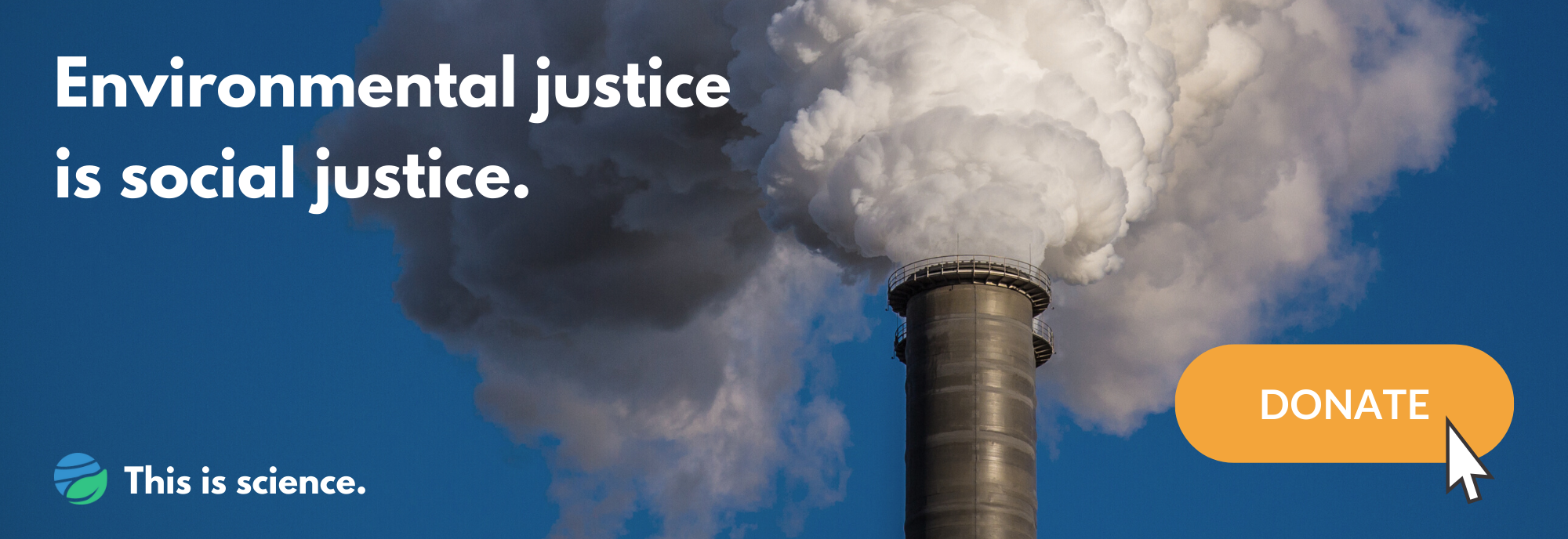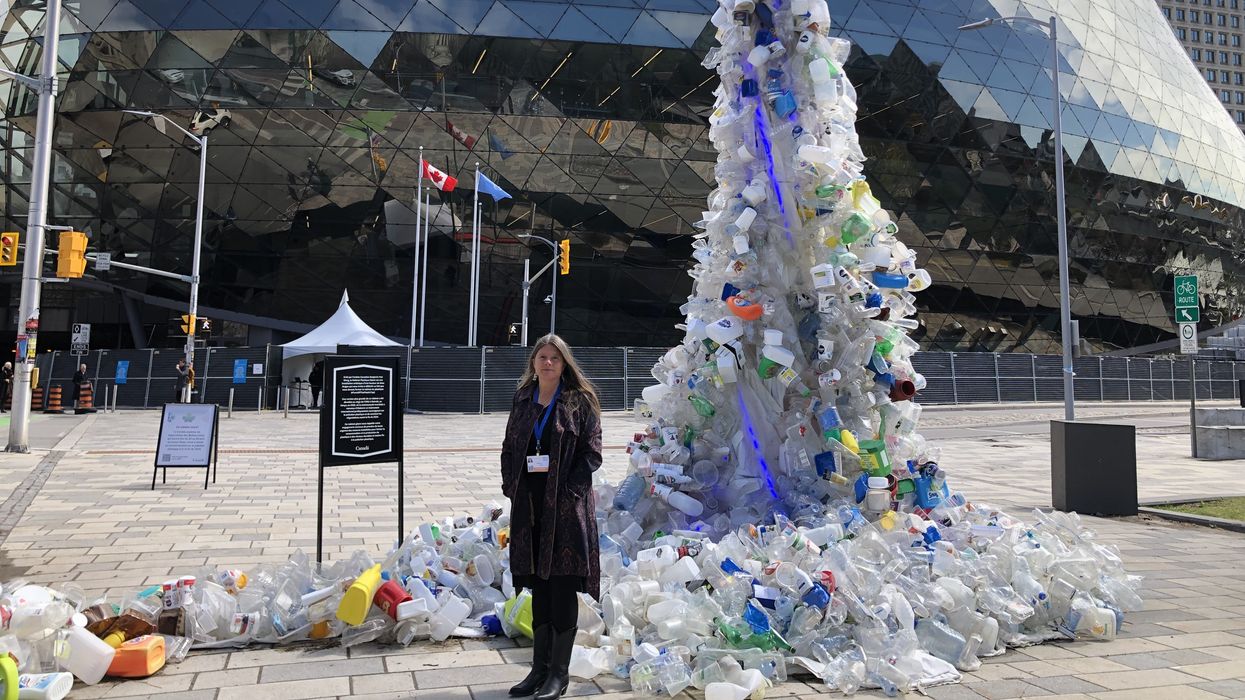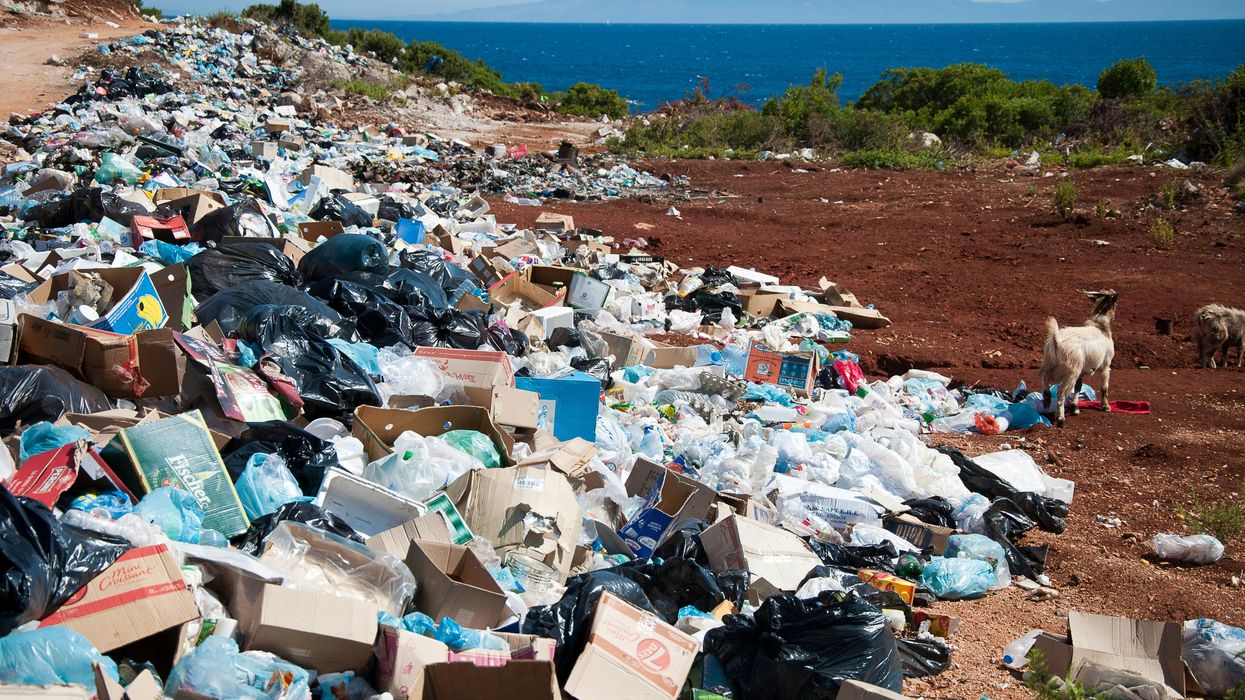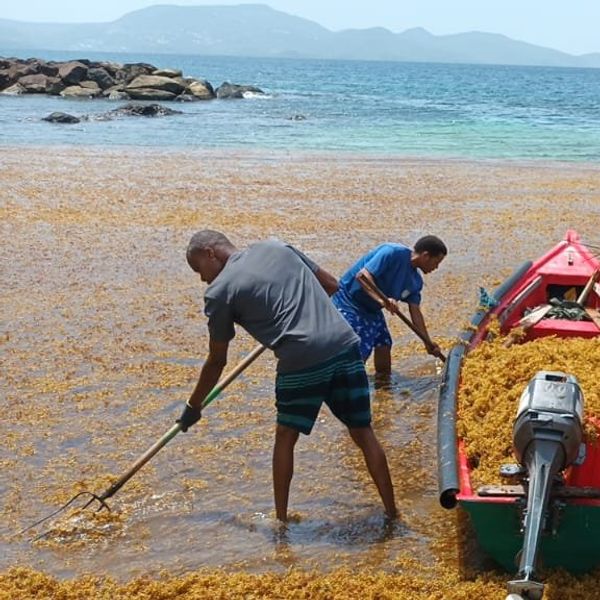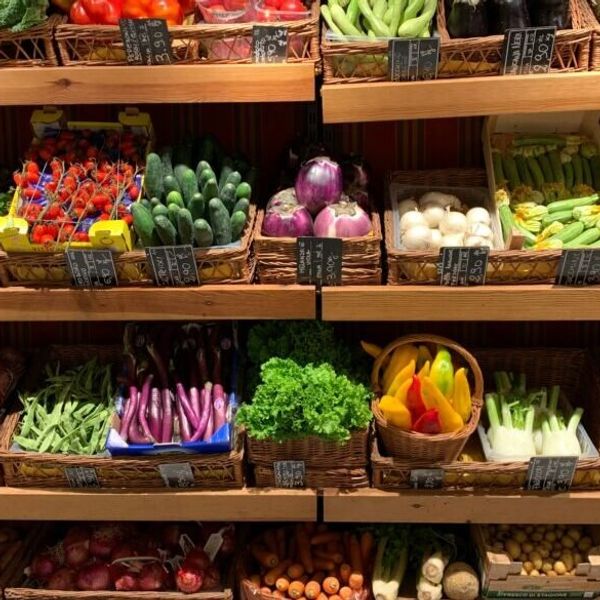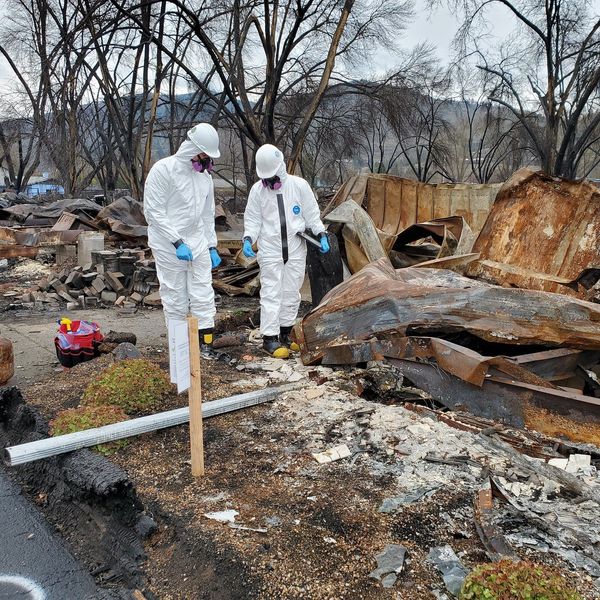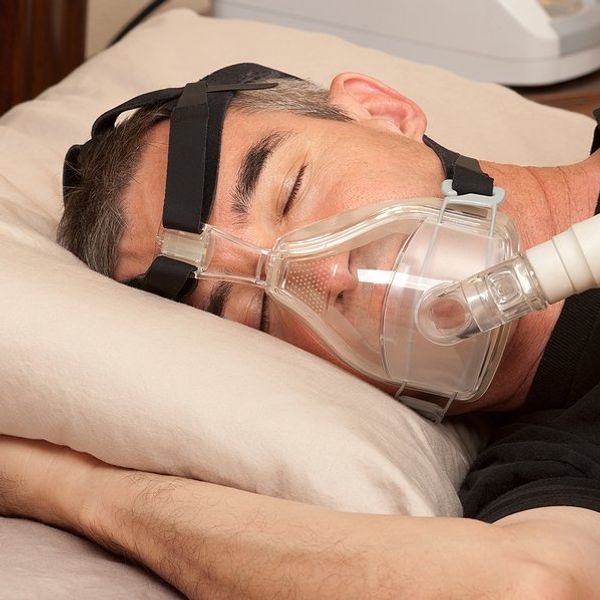I have fond childhood memories of going to dollar stores with my mom. It was what we could afford.
We'd pick-up the few items we needed and sometimes I'd get to pick out a toy, make-up, or a food item as a treat. Little did we know that some of those low-cost products may have contained toxic chemicals.
This was my norm growing up, as is it the norm of many children today.
Over the years I became more aware of the systematic environmental injustices that people of color and low-income families face every day. I grew up more likely to be exposed to poor air quality because of my zip code. My family was often only able to afford highly processed foods or lower quality products that may have contained harmful chemicals.
This essay is part of "Agents of Change" — see the full series
Currently with the Minnesota Department of Health, I am able to draw on my life experiences to address economic inequities in consumer products containing harmful chemicals.
Over the years, colleagues and I have screened and tested products for toxics resulting in positive outcomes:
- 2,376 off-brand spinning battle toys containing lead and/or cadmium were recalled and no longer sold online. Consumers were refunded $27,330.
- Children's jewelry containing toxic metals like lead and cadmium were removed from online marketplaces.
- A baby shampoo was chemically reformulated to no longer contain formaldehyde.
These products were sold in small box discount stores or as off-brand products with less expensive price tags. These are the type of items I would've likely chosen as a child. The work I do hits home because families today mirror my own growing up. I do not want to see families forced to purchase a less safe option because of cost or accessibility.
This goal of eliminating toxic exposures can be accomplished, but consumers, businesses and lawmakers each have a role to play.
Make consumer demand work for us

Author Michelle Gin teaching kids about safer consumer products.
Consumers have more power than we realize. We vote with our dollars.
It is hard to imagine that as an individual your feedback on a business's social media or website would have much impact. However, when many voices come together, people can and do influence businesses, which use customer feedback and purchases to make future decisions.
Businesses also care about their public image. With social media, consumers can publicly share their experience with a product or demand change directly to the business. Consumers can tag businesses while asking questions or drawing attention to concerns. And since businesses are publicly tagged, there is an added pressure to respond.
For example, Johnson & Johnson experienced public pressure when consumers said that some of their skin products promoted colorism. In 2020 Johnson & Johnson announced they would no longer sell their Neutrogena Fine Fairness and Clean & Clear Fairness lines of products that were advertised as dark-spot removers. This was a win for the movement to reduce the global demand for skin lightening products that negatively impacts all people of color. Additionally, as this topic trends more on social media, more people are learning that some skin lightening products contain toxic chemicals like mercury, or compounds like hydroquinone or steroids in harmful amounts.
When consumers state what they want—safer, healthier options—retailers will work with distributors and manufacturers to meet that demand. The time it takes for businesses to develop a safer, healthier product may be faster than the time it takes to lobby for and pass legislation requiring businesses to alter their product.
To stay in business, firms must supply products that meet consumer demand.
All people, not just those who are low-income, can rally together as one voice to demand safer products. The impacts of toxic products go beyond the consumer since the pollutants can leach into our shared environment.
However, it is a privilege to be able to choose safer, alternative products. Oftentimes, there are no alternative products available or those safer products are inaccessible due to costs. The weight of change does not solely rely on the consumer—businesses play a role too.
Businesses have the opportunity to lead

Valspar cans developed with an alternative to the harmful can lining material, BPA (Credit Lynne Peeples).
What makes a business a leader within their field? It's the same traits as all other fields: Innovation, communication, and accountability, to name a few. Businesses have a choice in how they lead their company. Sherwin-Williams (formerly Valspar) developed an alternative to their can lining material, bisphenol-A (BPA), which other businesses often use for their products, such as food and drink. I had the opportunity to hear from Bob Israel, a leader within Valspar before their acquisition by Sherwin-Williams, who said the decision came down to the bottom line.
This essay is also available in Spanish
Valspar was in the middle of the supply chain for a major company that wanted a safer replacement in their canned products. That company went upstream to Valspar to state their needs to make a change in can linings. That company drove the change that Valspar pursued. The risk was too high for Valspar to maintain the status quo in case a competitor achieved a BPA-free alternative can lining first, which would result in making their can lining obsolete.
Israel did not pretend that protecting human and environmental health was at the forefront of the company's motivation. Customer demands and science were what drove innovation to an alternative to BPA using safer chemical replacement methods. What was most striking to me—a multibillion-dollar company decided to openly share their alternative chemical structure to other businesses, including their competitors, to support a healthier environment for all.
In the end Valspar found a way to grow their business in a more environmentally friendly direction. The company achieved this goal because leadership decided it was a priority. Businesses have a choice in their values and how they lead.
Precise laws with enough enforcement

Lawmakers need to not only work across the aisle, but make sure critical parts of a bill are included before the bill is passed into law. (Credit: John Brighenti/flickr)
In the U.S. chemicals do not need to be proven to be safe before they are used in consumer products. The Environmental Protection Agency lists about 86,000 allowable chemicals in commercial products. Among those, about 38,000 chemicals are actively used in manufacturing. Chemicals are added to the list of allowable chemicals in commercial products faster than we can assess their safety or develop regulation.
Ideally, proving the safety of a chemical before production is the first line of defense. However, until that practice is adopted, lawmakers can better support the Food and Drug Administration, Consumer Product Safety Commission, and agencies like my own by passing clearer regulatory laws.
Lawmakers need to have three important parts in their bill to be most effective. First, they need language that is precise, standardized in the field, and with measurable meaning. For example, the ages that define a "child" are inconsistent from law to law. Second, there needs to be clear authority to ensure compliance. It is possible that when a bill is proposed it includes an enforcement provision, but by the time the bill is passed the enforcement language has usually been modified or removed. So regulatory laws are ultimately passed without plans in place to enforce them. And third, additional funding to support regulatory and enforcement efforts would be helpful. Funding could:
- Support full-time dedicated staff with expertise in that particular field;
- Allow regulatory agencies to update their tools to adapt to the changing landscape; and
- Support process and infrastructure changes to more efficiently do the work in collaboration with others doing similar work.
Laws are complicated, but we know it is possible to achieve change. Lawmakers have the opportunity to utilize experts and evidence for guidance. And to reach consensus for change, lawmakers need to not only work across the aisle, but make sure critical parts of a bill are included before the bill is passed into law.
Arming future consumers with knowledge
To make change, we must take a multipronged approach. As consumers we must continue to vote with our purchases and provide feedback on what we want—healthier, safer products. Businesses should take the opportunity to proactively make change and gain customer loyalty. And lawmakers should support regulatory and enforcement laws that protect human and environmental health.
Lastly, to remind ourselves that we are not in the same spot as a decade or two ago, I am happy to share that I have seen change. As a kid, I did not know what a green or sustainable product was. Now I am in a position to share my knowledge of safer consumer products each summer with 100 kids at safety camp.
When I first started, the purpose was to teach chemical safety at home, such as staying away from cleaning products and pills. I taught kids how to recognize toxic labels such as Caution, Warning, and Danger. Now, I include teachings on safer alternative cleaning products. Kids are learning and understanding that cleaning products without toxic chemicals may reduce their exposure to indoor air pollution and help their sibling with asthma breathe easier. It brings me so much joy that these kids are influencing their parents' purchasing choices, and that they will grow up to become consumers that choose safer and healthier products for human and environmental health.

This essay was produced through the Agents of Change in Environmental Justice fellowship. Agents of Change empowers emerging leaders from historically excluded backgrounds in science and academia to reimagine solutions for a just and healthy planet.
Banner photo credit: Philippe Beliveau/Unsplash


